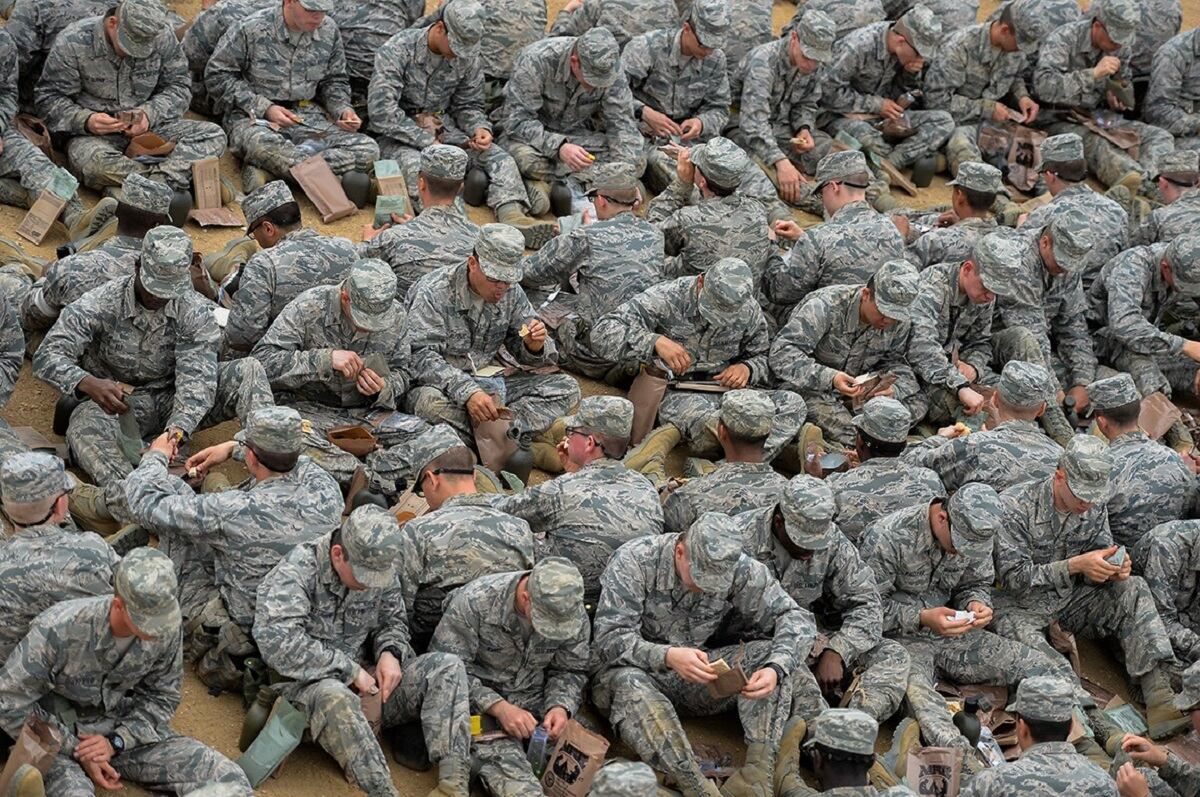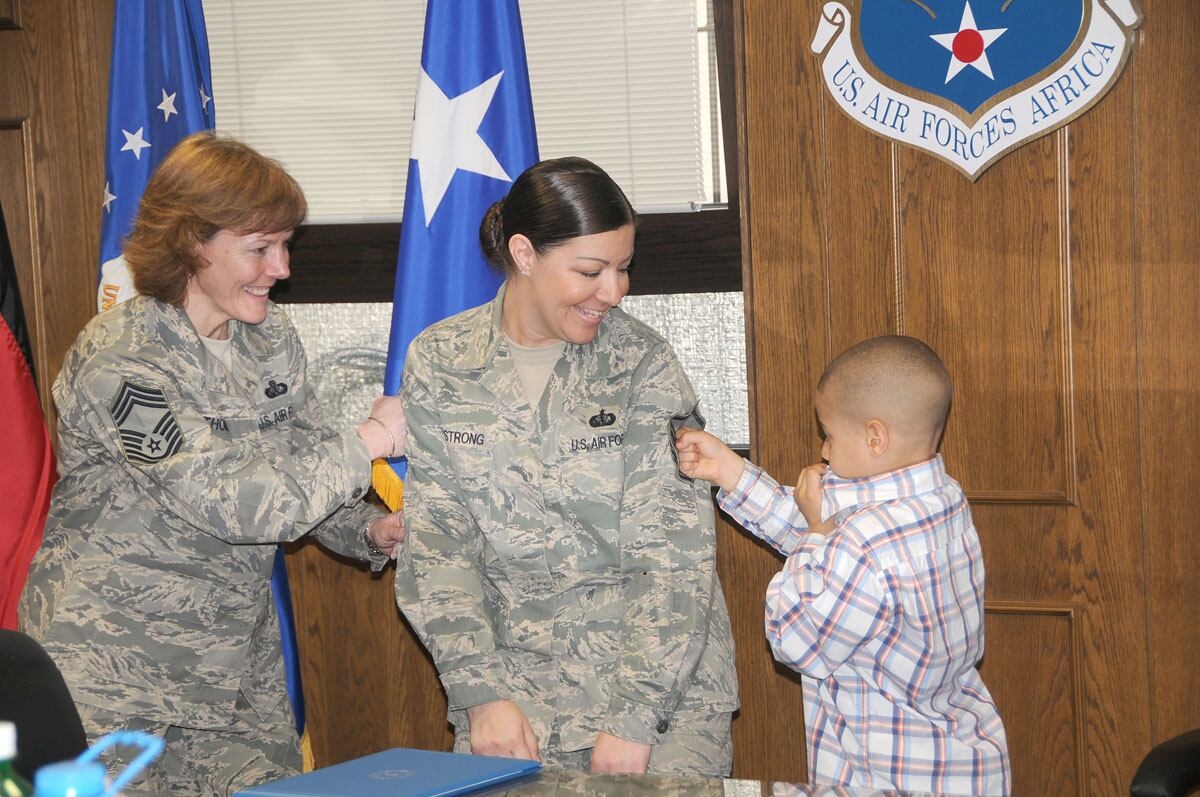The Air Force Personnel Center said Tuesday that 6,176 airmen have been selected for promotion to master sergeant.
With 20,866 technical sergeants eligible for promotion to E-7 this year, that equates to a 29.6 percent selection rate, AFPC said on its official Facebook page. This is the highest E-7 promotion rate since 2011, when 6,618 airmen were promoted at a 33.87 percent selection rate.
It’s also much higher than the 5,166 airmen promoted to master sergeant last year, at a 25.61 percent selection rate.
The list of selectees’ names will be released May 23, AFPC said.
This year’s E-7 cycle continues the steady recovery of enlisted promotion rates, since the service hit a recent nadir in 2013 and 2014. During those years, the Air Force was engaged in a punishing drawdown that cut tens of thousands from the ranks.
And as the Air Force cut job after job, airmen found there were fewer and fewer billets at higher ranks they could be promoted into. As a result, a decline in promotion rates went hand-in-hand with the drawdown.
RELATED

For example, 3,841 airmen were promoted to master sergeant in 2013, which was the fewest in any single year since at least the 1970s. E-7 selection rates also dropped to at least a three-decade low of 17.86 percent in 2014.

But the promotion numbers began recovering in 2015, when the Air Force sought to rebuild its ranks.
In a 2016 interview, then-Brig. Gen. Brian Kelly, who was director of military force management policy, described the effect changes in end strength had on promotion rates.
“When we were drawing down, the force was getting smaller and those lower [selection] rates reflected that,” said Kelly, who is now a major general and commander of AFPC. “Now we’ve been growing and stabilizing, and so those rates have returned closer to the historical averages of where they’ve been, and we’ve been able to keep them in that area.”
Stephen Losey is the air warfare reporter for Defense News. He previously covered leadership and personnel issues at Air Force Times, and the Pentagon, special operations and air warfare at Military.com. He has traveled to the Middle East to cover U.S. Air Force operations.





